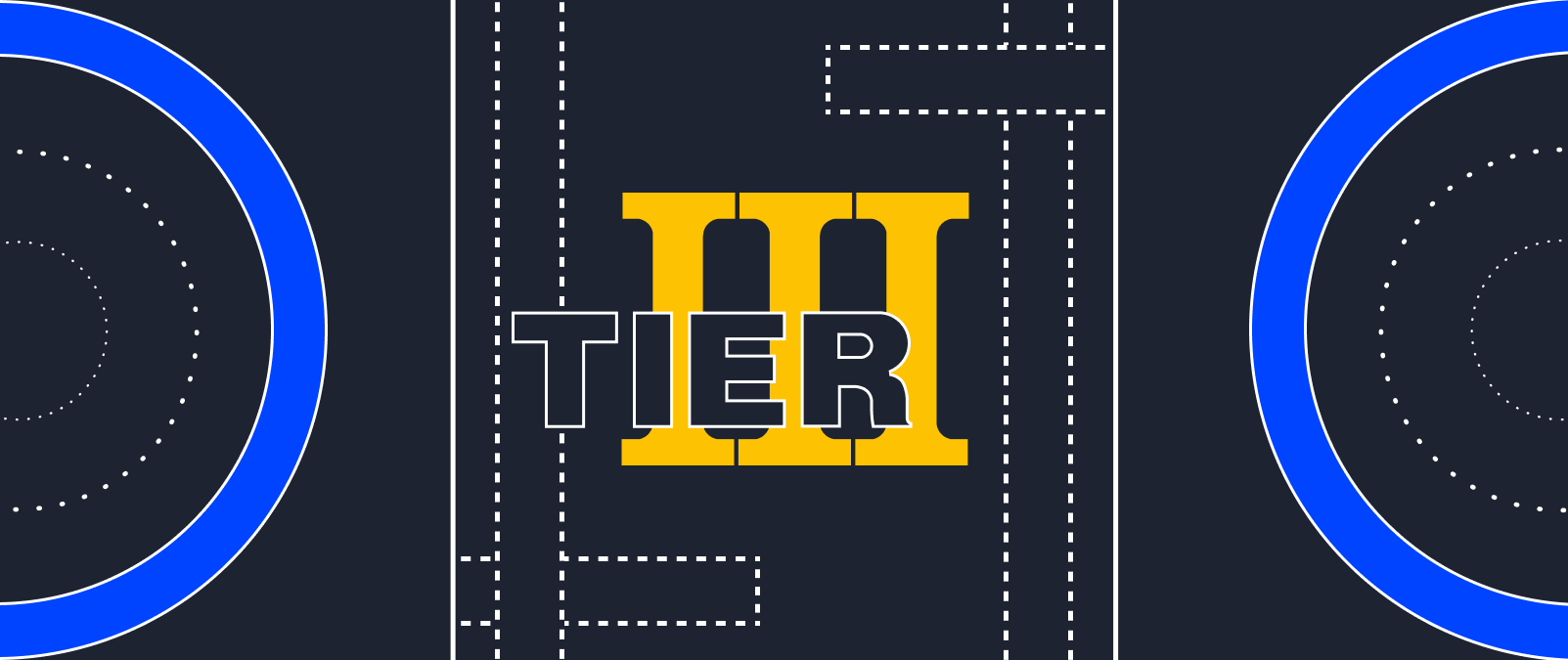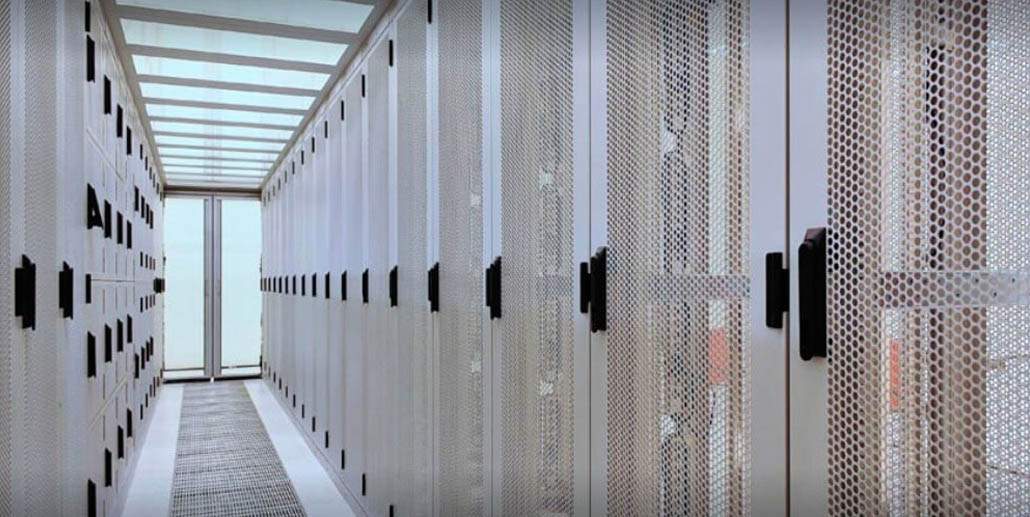Tier III Standard for Data Centers

Today, data is becoming an increasingly valuable asset for companies, making the reliability and availability of data centers a top priority. Data centers play a critical role in storing, processing, and transmitting data essential for organizational operations. But how can you determine if a data center guarantees uninterrupted service and robust data protection? One of the most widely recognized and adopted standards in this field is the Tier Reliability Standard. In this article, we will explore the Tier Standard, its significance, and the benefits it offers to customers seeking high levels of data protection and availability.
What is a Tier?
A Tier is an internationally recognized framework for classifying and evaluating the reliability and availability of data centers. Developed by the Uptime Institute, this standardization system establishes reliability levels based on specific requirements for data center architecture and infrastructure. The primary goal of the Tier Standard is to provide clear guidance on expectations for the reliability and availability of data centers.
Founded in the USA in the late 1990s, the Uptime Institute specializes in assessing the reliability and availability of data centers. One of its most notable achievements is the development of the Tier Standard, which has become a global benchmark in the industry. Initially, the Tier Standard included three levels—Tier I, Tier II, and Tier III—each representing a progressively higher level of reliability. In 2008, Tier IV was introduced for data centers requiring maximum reliability and fault tolerance.
The Tier Standard has rapidly gained prominence in the industry, with many organizations striving to certify their data centers to demonstrate compliance with high reliability standards. Certification by the Uptime Institute confirms that a data center meets stringent reliability and availability criteria. This standard has become a foundation for designing, constructing, and managing data centers to ensure optimal performance and data protection.
Over the years, the Uptime Institute has refined the Tier Standard to reflect advancements in technology and evolving industry requirements. Today, it remains a leading authority in evaluating data center reliability and availability, offering training, consulting, and auditing services for organizations aiming to meet Tier Standard requirements.

Tier Reliability Levels
As mentioned earlier, the Tier Standard includes four levels: Tier I, Tier II, Tier III, and Tier IV. Each level reflects an increasing degree of reliability and availability. Below is an overview of the main characteristics of each Tier level:
Tier I
Tier I represents the most basic level of reliability in data centers. Key features include:
- Single power supply path with no redundancy. In case of a power failure, downtime is likely.
- No redundancy in cooling systems, increasing the risk of equipment overheating during failures.
- No system continuity during maintenance or updates, requiring operational shutdowns for repairs or upgrades.
- An availability level of 99.671% (approximately 28.8 hours of downtime annually).
This level is suitable for small organizations or non-critical systems where continuous uptime is not essential. For more critical needs, higher Tier levels are recommended.
Tier II
Tier II offers improved reliability and redundancy compared to Tier I. Key features include:
- Dual power supply lines for enhanced redundancy, though short downtimes may occur during power transitions.
- Limited cooling redundancy, with some risk of overheating if a system fails.
- Partial continuity for critical components during maintenance or upgrades.
- An availability level of 99.741% (approximately 22 hours of downtime annually).
Tier II is a viable option for organizations requiring higher availability but willing to accept some limitations compared to Tier III or IV.
Tier III
Tier III is a widely adopted standard for organizations prioritizing high reliability. Key features include:
- Fully redundant power systems, ensuring uninterrupted power during outages.
- Redundant cooling systems to maintain optimal equipment performance.
- System continuity during maintenance, achieved through redundant infrastructure components.
- An availability level of 99.982% (approximately 1.6 hours of downtime annually).
This level is ideal for mission-critical operations where minimal downtime is essential.
Tier IV
Tier IV is the highest level of reliability and fault tolerance. Key features include:
- Double redundancy on all power and cooling systems, ensuring operational continuity even during simultaneous failures.
- Complete continuity during maintenance and updates, with no downtime required.
- An availability level of 99.995% (approximately 26 minutes of downtime annually).
Tier Certificates
Tier certifications are divided into three categories: Design, Facility, and Operations. Each category assesses specific aspects of the data center's infrastructure, operational procedures, and compliance with Tier Standards.
- Design
- Facility
- Operations
The Design Certification evaluates the conceptual design and architectural plans of a data center to ensure they meet the strict criteria of the Tier standard. This certification focuses on the blueprint of the facility, including redundancy, power supply routes, cooling systems, and the physical layout of critical infrastructure. Achieving this certification confirms that the proposed design is capable of delivering the required level of reliability and fault tolerance for the specific Tier level. For organizations, this certification serves as a guarantee that the infrastructure will be built to handle operational demands without compromising on reliability.
The Facility Certification assesses the actual construction and implementation of the data center. This process verifies that the physical facility matches the specifications and requirements outlined in the design phase. The evaluation includes a thorough inspection of critical systems such as generators, UPS (uninterruptible power supply), cooling units, and monitoring systems. A data center that achieves the Facility Certification has demonstrated that it not only adheres to the design criteria but also operates effectively and reliably under real-world conditions. This certification ensures that the infrastructure is robust, secure, and capable of maintaining uninterrupted operations.
The Operations Certification is the most comprehensive and ongoing evaluation within the Tier certification process. It focuses on the operational procedures, management practices, and maintenance protocols of the data center.
Serverspace Data Centers
Serverspace partners with 7 data centers worldwide, all designed to meet high reliability standards. For more information about our data centers, explore their individual profiles on our website.






